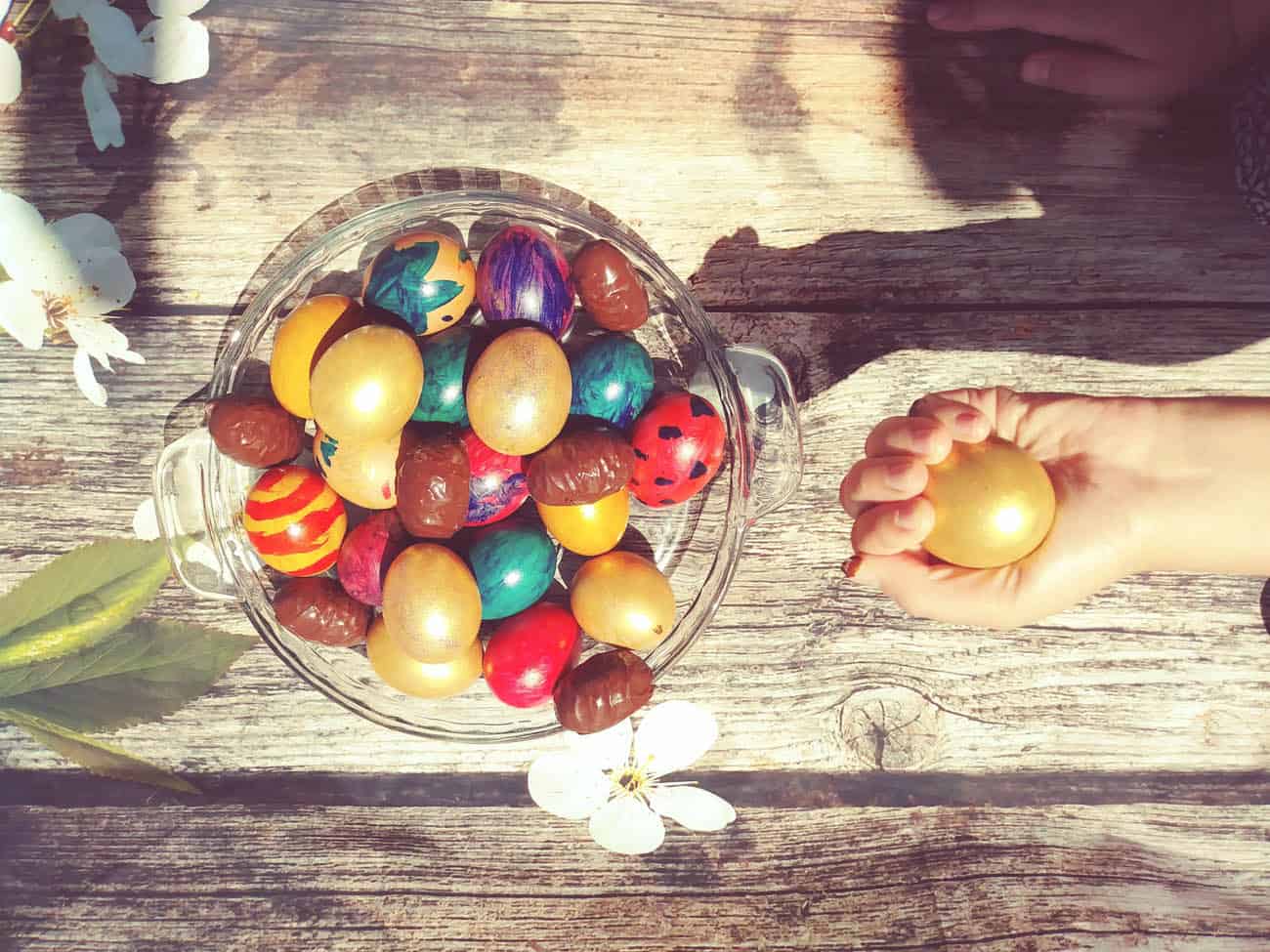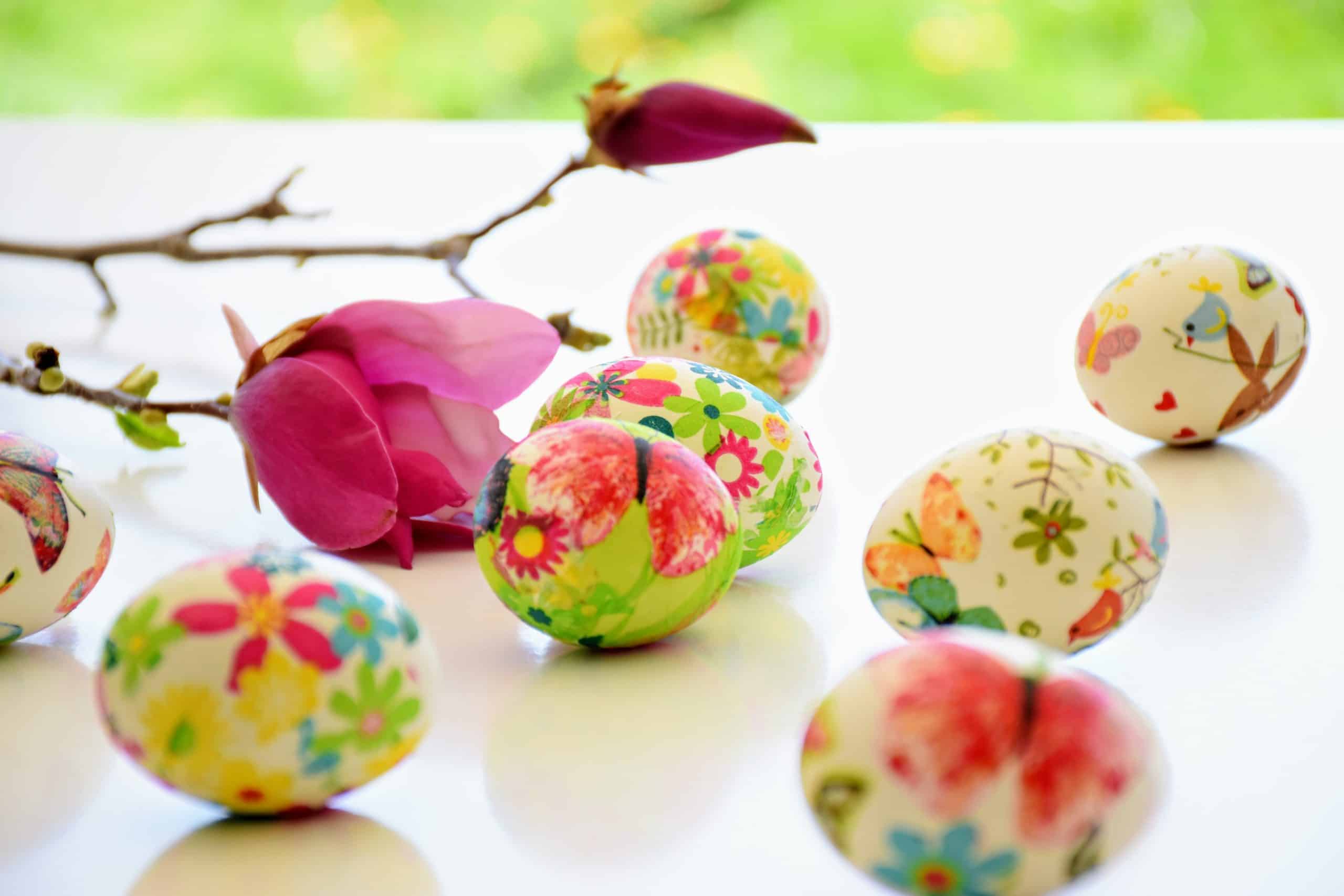
The Story of the Easter Bunny
Did you know that the Easter bunny is actually a German tradition? According to legend, Duchess Rosilinda von Lindenberg had to flee her home with her children, to hide from war. They sheltered in a small mining village in the mountains. The villagers didn’t have much, but what they had they happily shared with the Duchess and her children. The Duchess wanted to thank the villagers and gave them a brood of chickens. At Easter she dyed eggs, which were hidden in little nests the children had made. This was the first Easter hunt, and when a rabbit jumped out of a thicket near a nest, they were convinced that this bunny had brought the eggs.
While some of the Easter traditions are celebrated the world over, there are some that are particular to Germany, such as:
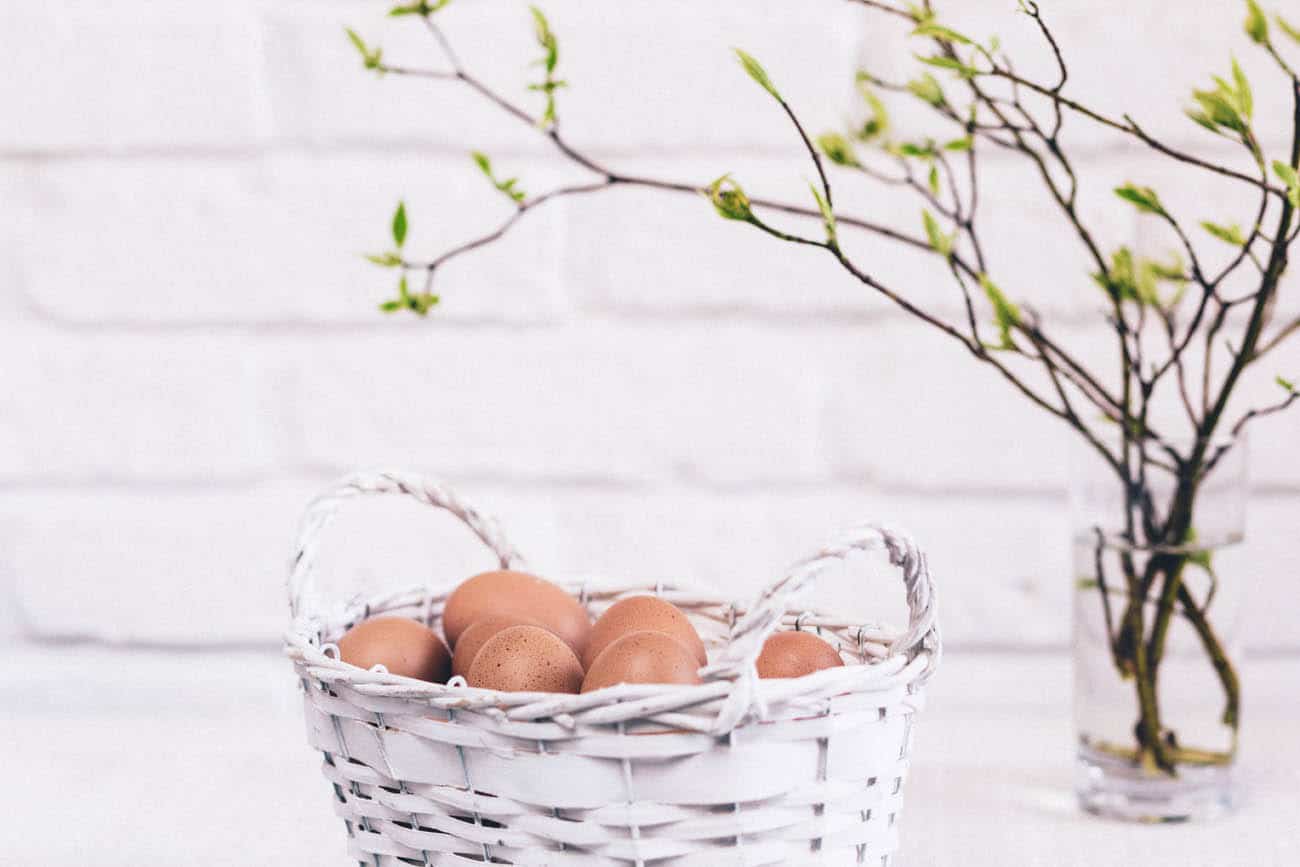
Osterwasser (Easter Water)
In certain parts of Germany, traditions called for the drawing of Easter Water for health and purification. Sprinkling it in the eyes was meant to be good for eyesight, farmers could give it to their animals to ensure they stayed healthy. Also, unmarried women could collect it before the sun came up and sprinkle it onto the one, they loved, so that there would be a wedding soon.
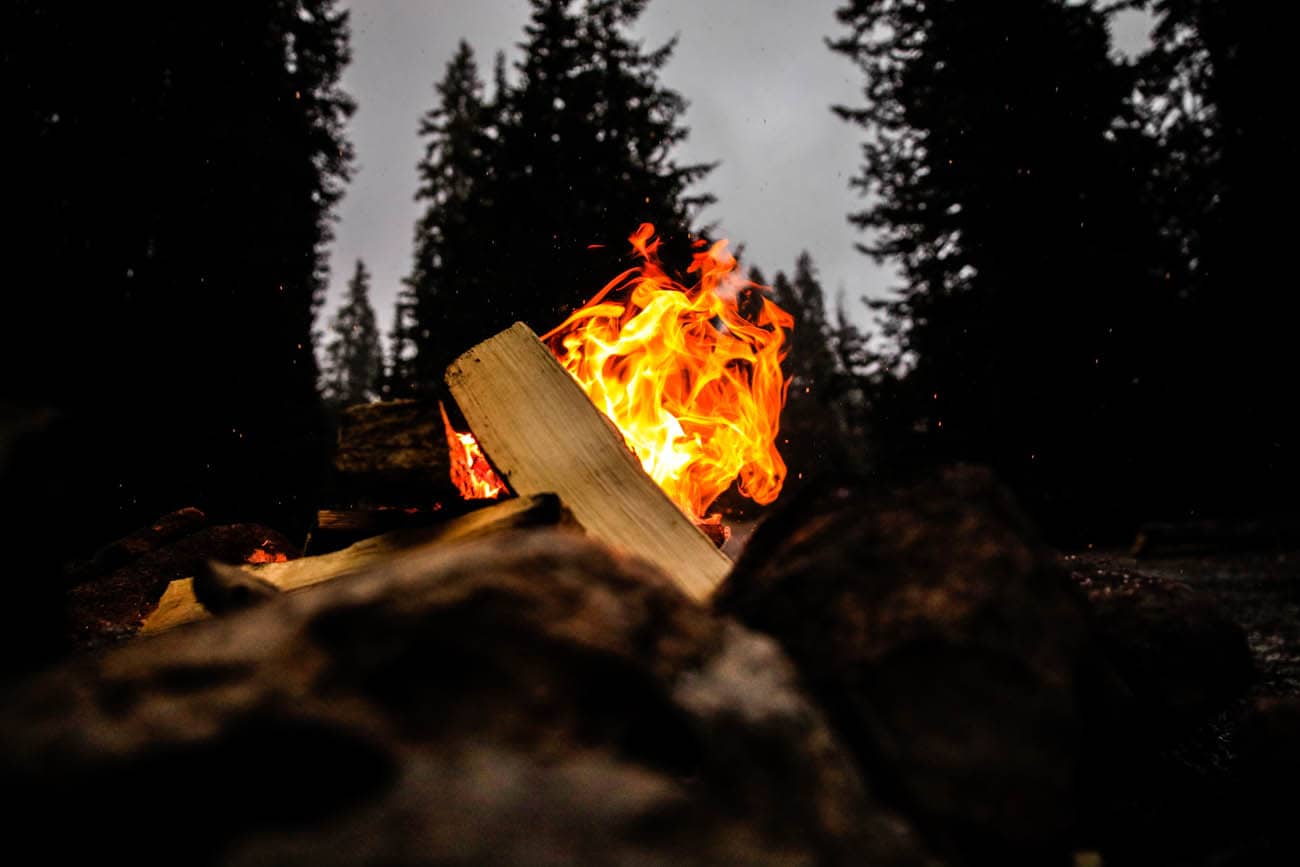
Ostereier (Easter Eggs)
Not only do German kids receive chocolates, some are also lucky to have the Easter bunny bring paper mâché Easter eggs with little gifts inside. The gift box eggs are beautifully decorated with motifs of bunnies, flowers and springtime. Today, many people collect the vintage styles of these eggs, and use them every year to give candies to children, or hostess gifts to friends.
Easter Celebration
Similar to Australia, the Easter egg hunt is the main event, but Germans also like to focus on a big Easter Sunday meal, usually for breakfast. The centrepiece for that meal is a lamb cake. The lamb represents the lamb of God and is a cake backed in the shape of a lamb, decorated with a sprinkling of icing sugar.
Whatever way you will be celebrating Easter this year. We wish you all Frohe Ostern!
German Easter Traditions: FROHE OSTERN
Easter has crept up on us, and with such a surreal feeling in the world, it’s nice to focus on something a little bit different. After all, the Easter bunny will still be able to find us, and leave some goodies for our children!
So, to get us all in the spirit of a ‘Frohe Ostern’, here’s a look at some Easter German traditions.
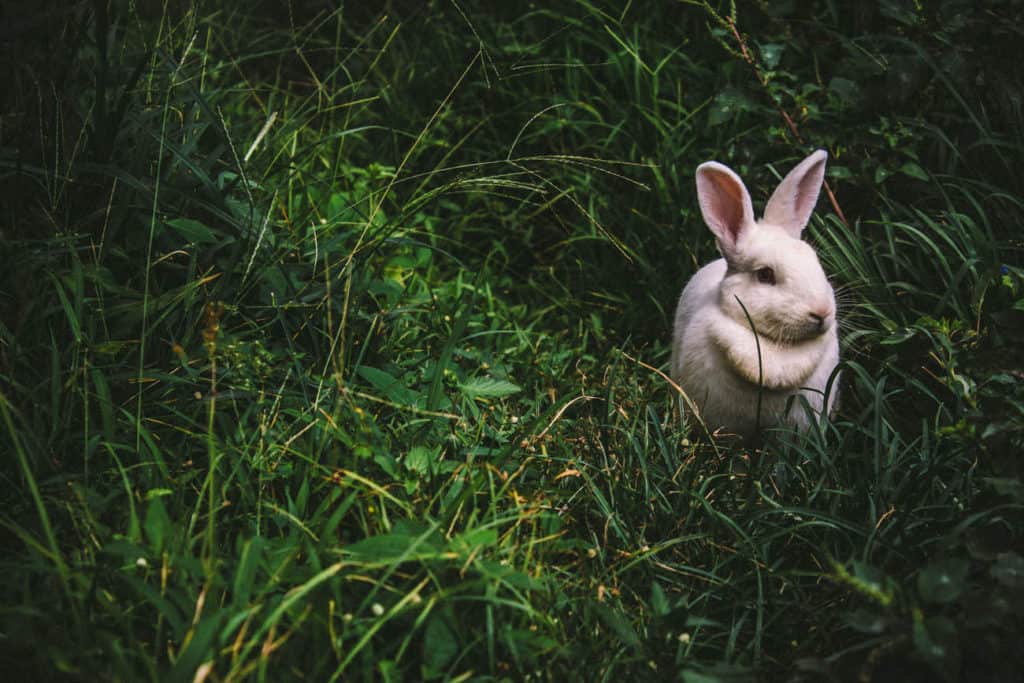
Osterbaum (Easter Tree).
A few weeks before Easter families will go out to pick some branches off trees to put in a vase. As the buds will start to appear, much like the awakening of Spring, soon the branches will be in full bloom. People will decorate these and sometimes even the trees outside their houses with colourful eggs and other Easter related ornaments, bringing a festive atmosphere into the neighbourhoods and towns.

Osterfeuer (Easter Fire)
A symbol of light in the darkness, how very fitting for this time. At Easter, all over Germany, bonfires would be lit. Fire, which is the symbol of light, of renewal. It signifies the end of Winter and the coming of Spring. Depending on the community, the Easter fire is lit on Good Friday or Black (Holy) Saturday, with Saturday being more common, and extinguished on Easter Sunday or Monday.
Much of the religious meaning behind the Easter Fire has been lost in modern times, and these Bonfires have become more of a town Fest with food and drink, some communities even set up rides for kids.
